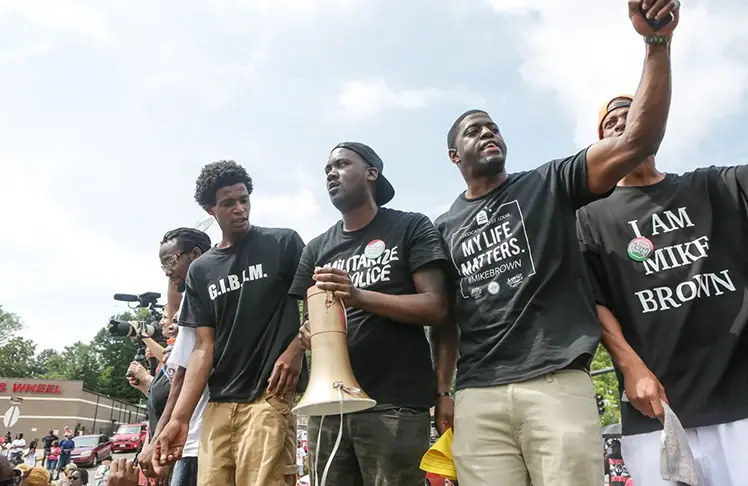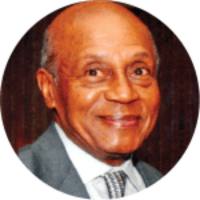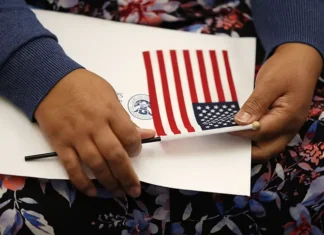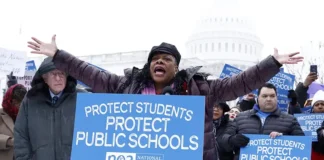
When a white police officer shot and killed Michael Brown, an unarmed Black teenager, in August 2014, it sparked a sudden uprising that made global headlines. To many outside of metro St. Louis, the eruption of frustration and anger seemed to come from nowhere — a spontaneous combustion of the Black community.
But anyone who has paid attention understands better. A range of issues, from poverty to failing schools to underemployment in an overlooked community, was the dry kindling that fueled the uprising. Brown’s murder simply lit the match.
Dr. Jason Q. Purnell, then a professor at the Brown School of Social Work at Washington University, released a report just months before the Ferguson uprisings that spells out in excruciating detail why the Black community refused to accept Brown’s death. After suffering for so long through unequal outcomes compared to white people, the community demanded action.
There is no doubt that Brown’s death gave birth to a new generation of young Black activists. People whose parents and grandparents joined Martin Luther King’s civil rights movement in the 1950s and 1960s took to Ferguson’s streets themselves, demanding justice for Brown and Ferguson’s Black community.
The demonstrations, called to action under #blacklivesmatter on social media, transformed it from a hashtag to a powerful political movement. But Brown’s killing was just the tip of the iceberg. Black residents were angry at deep, long-standing systemic inequalities, from disparate rates of poverty and unequal education to police targeting Black motorists to raise money for the city through traffic fines.
Residents of Ferguson’s Black neighborhoods still struggle to make ends meet.
A lot has changed since 2014: Ferguson has a Black police chief, the police department has been overhauled, and the Black community now has fair representation on the Ferguson city council. The city even elected its first Black mayor, Ella Jones, in 2020.
But much has remained the same. Residents of Ferguson’s Black neighborhoods still struggle to make ends meet, the school system isn’t serving their needs, and systemic inequality still hampers Black class mobility. Unless those issues are addressed — and seen as a problem for the entire community, not just for Black residents — history could repeat itself in the very near future.
Pernell’s report, “For the Sake of All,” was a troubling and depressing look at systemic inequality, how it got that way, and what needs to be fixed. Besides chronicling long-standing gaps in education, access to healthcare, and income, the report linked troubles in the Black community to the overall economic and physical well-being of the broader St. Louis metropolitan area.
“Where you live in St. Louis has a powerful impact on your health,” according to the report. “Residents of zip codes separated by only few miles have up to an 18-year difference in life expectancy. Because of considerable residential segregation in St. Louis, many areas with high African American populations are also areas with concentrated poverty and poor health.”
Chris King, then an editor at the St. Louis American, covered the report and a symposium discussing it when it was first released in May of 2015. He called “For the Sake of All” “a canary in the coal mine” that should be heeded, and reported the pleas of National Urban League official Chanelle Hardy to “do something now” to alleviate the community’s suffering.
Sadly, her pleas went unheard, and Ferguson erupted in flames when Darren Wilson, a former Ferguson police officer, shot him dead, then left his body in the street for hours before it was recovered. However, it was the Ferguson story and the community’s enraged response that changed how the media ecosystem dealt with stories about police violence in poor and working-class Black neighborhoods.
An extract from the book, “On the Other Side of Freedom,” written by #BlackLivesMattter activist Deray McKesson, reflects a perspective that explains the intention and determination of those courageous young people.
“We chose protest as a matter of survival,” he wrote. “When we protest, we are simply individuals coming together to use power and activate hope. I have yet to meet a protestor rallying against a reality that she didn’t think she could change.”
“People have been reminded that they have power, that they must stand in their power,” he wrote, “and when they do they can change the world.”
We can take pride and feel hope in the Black community’s refusal to accept continued injustice and inequality.
In her recent report “Ferguson Then Now and Hope for the Future,” St. Louis American reporter Ashley Winters writes that James, the first Black mayor, has “scars from August 9, 2014, and the many months following.” But it won’t hinder her push for progress.
“Of course there are scars, that’s the way of life. You are going to fall but you must determine how you’re going to get up and brush yourself off. That’s what Ferguson is in the process of doing,” James said. Ferguson’s story, she says, is one of resilience, hope, and progress.
Anissa McCaskill, executive director of the nonprofit Forward Through Ferguson, believes the key to achieving racial equity in metro St. Louis is to press on with the job of “dismantling generational systemic oppression.” But, she warned, it will take a lot longer than a decade.
The protests over Brown’s death “brought to light how isolated that community was, so it’s an ongoing process, even though progress has been made and the complete shift won’t happen in 10 years,” McCaskill says. “Since the killing of Michael Brown and the subsequent community response, there are still demands unmet.”
Nevertheless, we can take pride and feel hope in the Black community’s refusal to accept continued injustice and inequality. While we have seen some modest changes, the long shadow of the Ferguson tragedy lingers on. Purnell’s report, updated a year after the Ferguson protests, maintains that despite the wide acclaim for the report’s findings in 2014, little has changed. Moreover, he feels that, in many ways, things have gotten worse.
Since there is so much that remains to be done, there continues to be a need for a plan of action to ensure more is done to bring racial justice and equality to Ferguson and similar Black communities across this country.
This commentary concludes the three-part series “Ferguson 10 years after” by St. Louis American staff. Read the entire series at stlamerican.com.

Donald M Suggs is the publisher and owner of The St. Louis American.
Local Media Foundation, a 501(c)(3) charitable trust that provides support for the Word In Black collaborative, does not endorse political candidates. Word In Black, however, invites and publishes opinion essays, including this one, from vital voices and opinion makers central to creating equity in Black communities.














